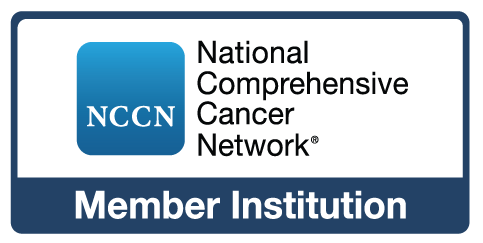Stephanie N. Hurwitz, PhD
980 West Walnut St.
C321C
Indianapolis, IN 46202
Faculty appointments
- Assistant Professor, Department of Microbiology and Immunology
- Assistant Professor of Pathology and Laboratory Medicine, Department of Pathology and Laboratory Medicine, IU School of Medicine
- Associate member
Indiana University Melvin and Bren Simon Comprehensive Cancer Center, Experimental and Developmental Therapeutics
Hematopoietic stem and progenitor cell (HSPC) transplantation is a therapeutic strategy to cure benign and malignant hematopoietic pathologies, relying upon HSPCs to reconstitute a clonally diverse blood and immune system. However, despite its curative potential and expanding access, patient morbidity and mortality remains a major concern, in part attributable to delayed or insufficient levels of engraftment after chemotherapy myeloablation. Clinically achieving optimal transplantation requires a minimum dose of HSPCs; this can be constrained by patient age and disease status, particularly in autologous transplants. As a physician-scientist, my long-term goal is to improve HSPC transplantation outcomes in high-risk patients by advancing our understanding of HSPC autologous regulation and bone marrow (BM) niche crosstalk. Secreted extracellular vesicles (EVs) are a core component of the cell secretome with numerous roles in homeostatic regulation and cell-cell communication. We recently described a novel link between sphingomyelinase (SMase)-dependent EV secretion and the integrated stress response (ISR) as a key mediator of HSPC redox balance and long-term fitness. Triggering activation of this adaptive stress response strikingly improves post-transplantation fitness and long-term serial engraftment potential of donor cells, suggesting an enduring re-wiring of HSPCs. To further investigate the impact of secretory function on HSPC reprogramming, my lab will analyze the transcriptional and epigenetic landscapes of HSPCs after EV modulation. We aim to gain a deeper understanding of how vesicle secretion fine-tunes HSPC function under regenerative stress, and in doing so, hope to inform improved therapeutic strategies for HSPC transplantation. Furthermore, my lab is interested in how the interactions of HSPCs with the BM microenvironment guide initial niche homing and sustained occupancy after transplantation. We have recently identified a novel signaling CCR2-dependent signaling axis that promotes HSPC homing and egress from the BM via EV crosstalk between HSPCs and BM endothelial cells. Exploitation of this signaling pathway results in improved HSPC homing and short-term engraftment. We are currently investigating key HSPC EV cargo that initiates these HSPC-niche signals. With the help of our collaborators, my lab will explore delivery of synthetic CCR2-modulating cargo as a novel non-toxic conditioning strategy to improve transplantation outcomes. This may be a promising approach in cases of limited donor cell quantity or requirements for reduced intensity conventional conditioning. In addition, enhancing homing efficiency of infused HSPCs could likely lead to meaningful outcomes in cases of low-level residual leukemia, where healthy donor cells and leukemic stem cells compete for niche occupancy in the BM. Finally, these studies will parallel our work beginning to alternatively investigate CCR2 modulation as a progenitor cell mobilization strategy. Altogether, we aim to investigate targeted, non-toxic strategies to enhance graft outcomes and decrease patient morbidity through improving donor cell mobilization, homing, and early polyclonal reconstitution.
Post-doctoral Fellowship - University of Pennsylvania 08/2024
Residency - Hospital University of Pennsylvania 06/2023
Fellowship - Hospital University of Pennsylvania 06/2022
M.D. - Florida State University College of Medicine 05/2019
Ph.D. - Florida State University College of Medicine 05/2017





